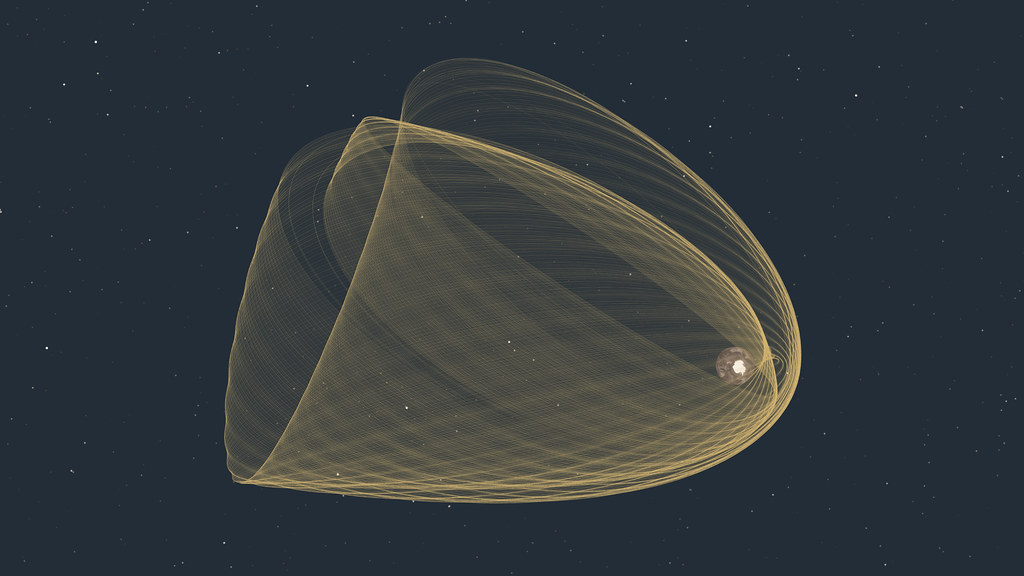|
By Manasi Sharma
Though the transition from weekend to weekday brings an onslaught of cold, dreary panic to most fall Monday mornings here in New York, the morning of Monday October 16, 2017 could not have been more different. The excitement in the air was palpable as members of Columbia’s scientific community—students, professors, and visitors alike—waited with bated breath for the announcement of the discovery of the fifth gravitational wave ever detected, named GW170817. To most of us, this observation borders on the mundane; after all, gravitational waves have already been detected four times. But what actually makes this particular discovery so significant? How much more can it tell us? Before we dive in, let’s run through the basics of gravitational waves. Imagine how a ball dropped in a pond disturbs the water, creating ripples around it. Similarly, powerful interactions between massive objects create gravitational waves, which are essentially ripples in the fabric of spacetime. They were first detected in the fall of 2015 by the LIGO (Laser Interferometer Gravitational-Wave Observatory) Scientific Collaboration, marking the dawn of gravitational wave astronomy. Since then, there have been four more detections of gravitational waves. Most gravitational waves are caused by binary black holes, which are pairs of rotating regions of spacetime that are so massive and dense that nothing can escape them, including light. However, other objects, such as binary neutron star pairs, can also generate gravitational waves. Neutron stars are the remnants of a supernova (when a massive star blows up towards the end of its life). Because they are incredibly dense—one teaspoon would weigh as much as a mountain—pairs of neutron stars have the potential to significantly warp spacetime. However, neutron stars are always less massive than black holes; in fact, the mass of a neutron star is at most triple the mass of the Sun. What makes this fifth gravitational wave so significant is its origin. While previous detections have been caused by binary black holes, this one stemmed from a binary neutron star pair. We know that the detected signal originated from a binary neutron star and not a binary black hole since both objects in the pair appear to have similar masses to other neutron stars. Moreover, the signal itself was spread out over a much longer period of time than in previous detections, suggesting that it was produced by a source different than binary black holes. Because of its unique origin, this new binary neutron star signal—the loudest signal detected yet—can tell us a great deal about systems and entities we haven’t studied. Typically, it is very difficult for scientists to determine where a gravitational wave signal originates in the universe. In fact, when gravitational waves were first discovered, astronomers were only able to narrow down a wave’s origin to an area in the sky around three thousand times the area of the full moon. However, for the first time, this fifth signal was simultaneously observed in three different LIGO locations: Louisiana, Washington, and Italy. By analyzing the overlap between each location's specific field of observation in the sky, scientists were able to pinpoint a small location containing the signal to a possible range just five percent the size of that of the first detection. This detection is only the first step toward the increasingly accurate localization of gravitational wave signals. However, the most important implication of this discovery stems from the fact that this fifth signal was simultaneously observed using gamma ray detectors. Scientists have long theorized that the creation of a binary neutron star pair produces a short, explosive burst of gamma rays, high energy electromagnetic waves produced only by the most powerful phenomena in the universe. Because the gravitational wave was observed by the gamma ray detectors at approximately the same time and location in the sky as the LIGO observatories, this fifth signal has provided the first direct evidence for this amazing cosmic phenomenon. On a deeper level, this unprecedented joint observation marks the beginning of a beautiful and crucial collaboration between electromagnetic and gravitational wave astronomy. In doing so, it opens a multitude of doors to insights in astrophysical realms, such as compact binary systems ( e.g. pairs of black holes and neutron stars), the nature of gravitation itself, and future discoveries of the unknown. In many ways, this discovery demonstrates all that is wonderful about one of the most fundamental values of science—collaboration—and what it can do for the expansion of knowledge. All in all, GW170817 is a gem in the array of gravitational wave detections, and it shows the sheer potential that gravitational wave astronomy has to grow and evolve as a field, as well as the potential it has to shock us. Keep your eyes and ears open for detections in this new era of discovery! Manasi is a Columbia College freshman studying Physics and Computer Science. She is a staff writer for the Columbia Science Review.
0 Comments
Leave a Reply. |
Categories
All
Archives
April 2024
|

